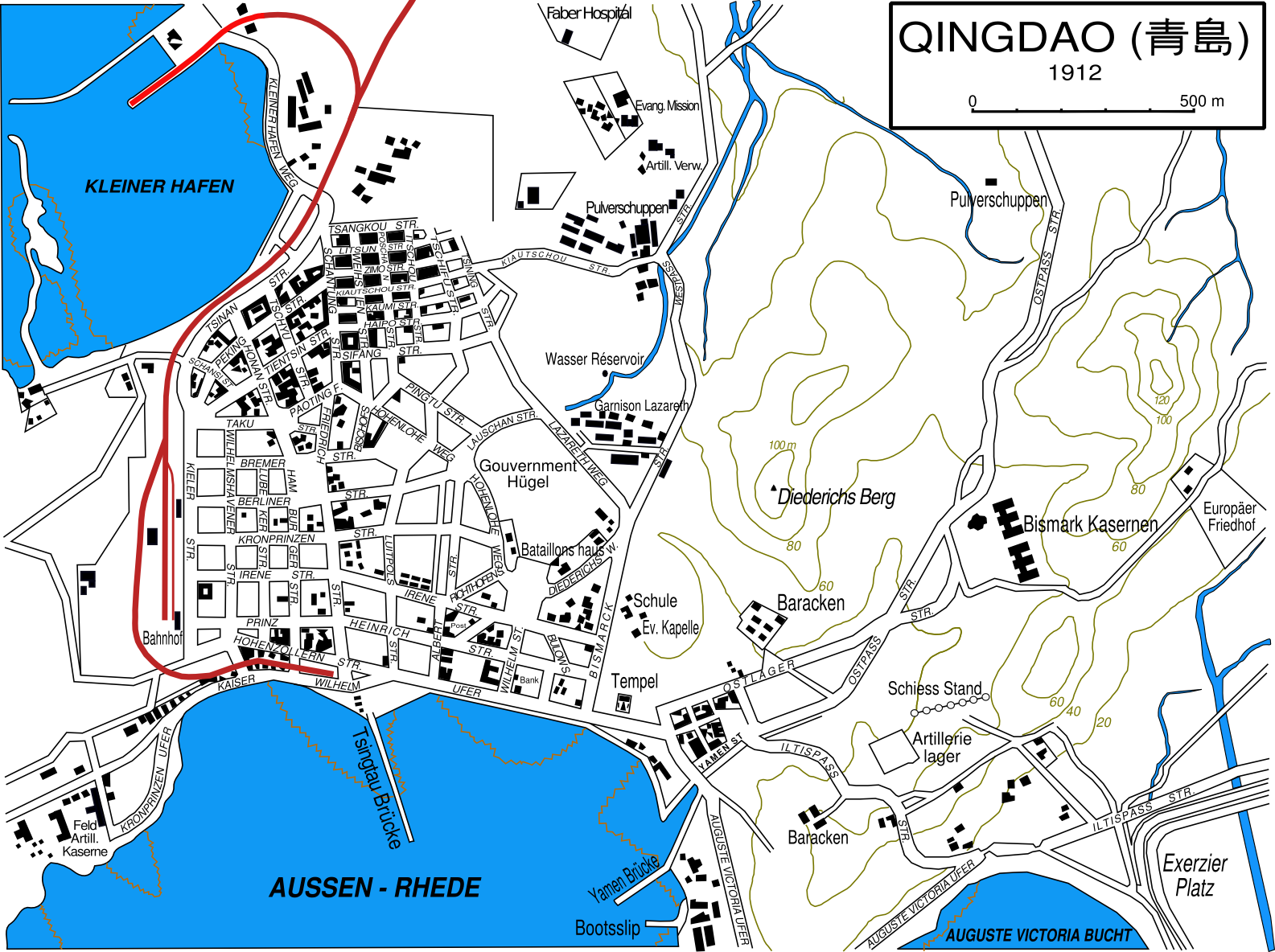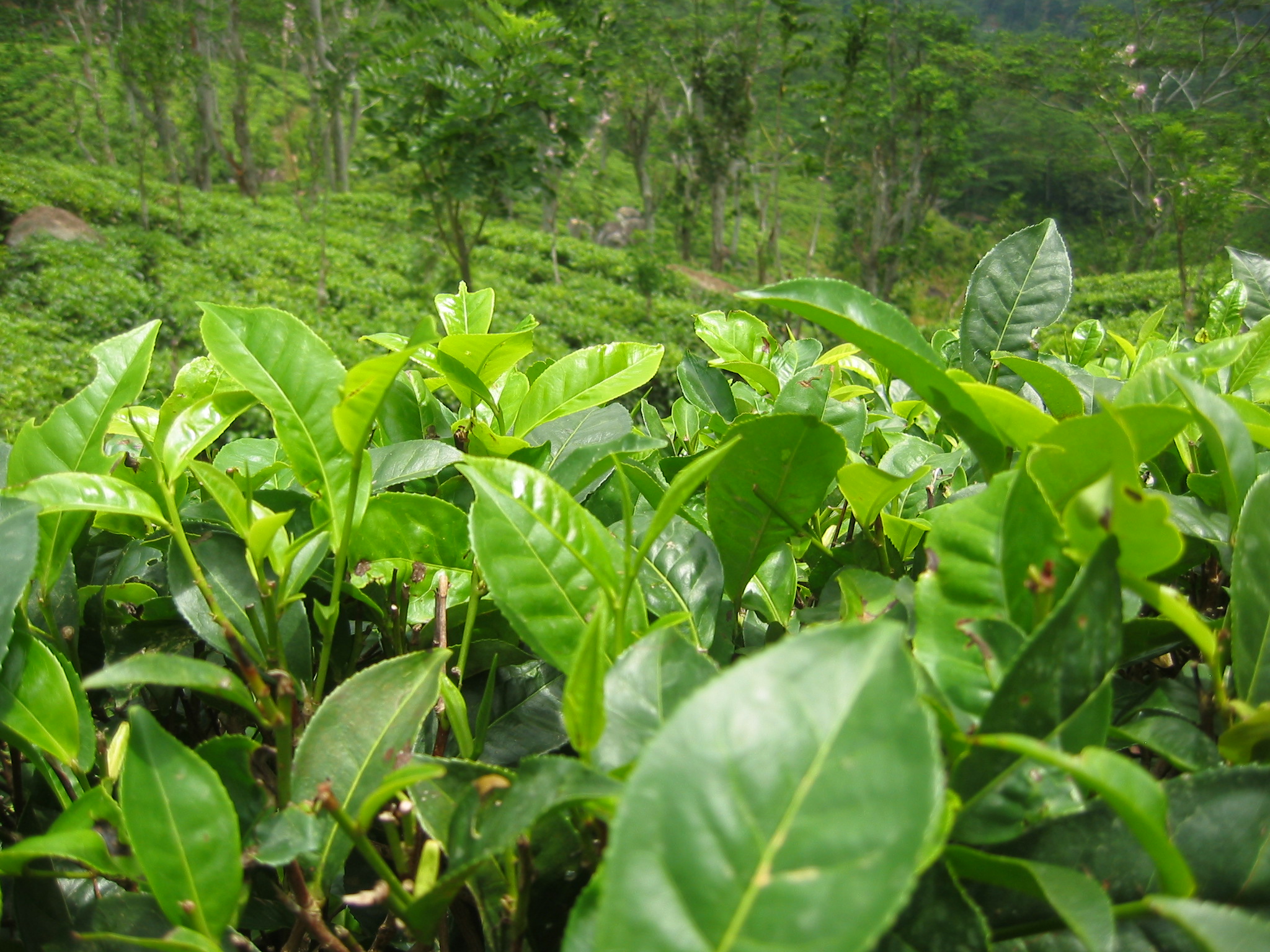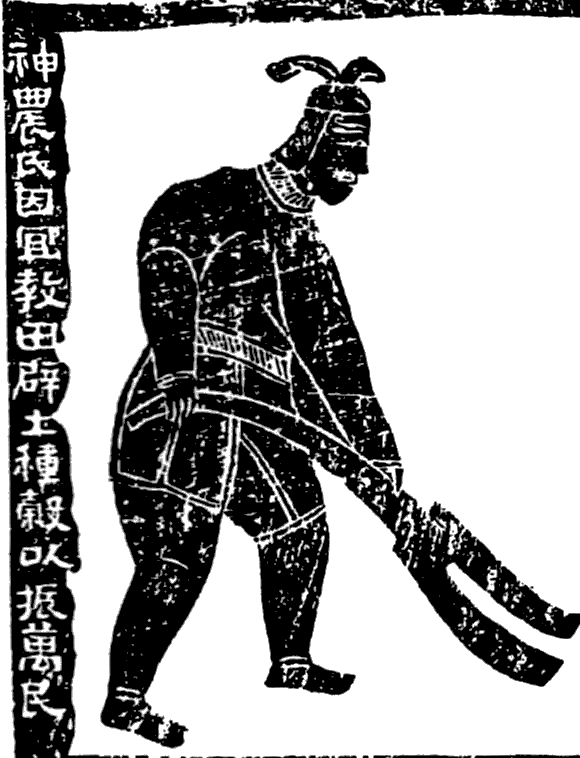|
Mount Lao
Mount Lao, or Laoshan (), is a mountain located near the East China Sea on the southeastern coastline of the Shandong Peninsula in China. The mountain is culturally significant due to its long affiliation with Taoism and is often regarded as one of the "cradles of Taoism". It is the highest coastal mountain in China and the second highest mountain in Shandong, with the highest peak (Jufeng) reaching . The mountain lies about to the northeast of the downtown area of the city of Qingdao and is protected by the Qingdao Laoshan National Park that covers an area of 446 square kilometers. Geology Mount Lao consists of granite. The mountain's landforms were formed due to the action of glaciers during the Quaternary and erosion by meltwater released from the icecap that covered a large portion of Shandong during the late Pleistocene. History Laoshan is known as one of the birthplaces of Taoism. It is the place where the Complete Perfection School of Taoism () developed. In 412 CE th ... [...More Info...] [...Related Items...] OR: [Wikipedia] [Google] [Baidu] |
Qingdao
Qingdao, Mandarin: , (Qingdao Mandarin: t͡ɕʰiŋ˧˩ tɒ˥) is a prefecture-level city in the eastern Shandong Province of China. Located on China's Yellow Sea coast, Qingdao was long an important fortress. In 1897, the city was ceded to Germany. For the Germans Qingdao (Tsingtau) was a strategic trade center, port and base for its East Asia Squadron, allowing the German navy to project dominance in the Pacific. In 1914, following the outbreak of World War I, Japan occupied the city and the surrounding province during the Siege of Tsingtao. In 1915, China agreed to recognize Japan's special position in the territory through what became known as the Twenty-One Demands. In 1918, the Chinese government, under the control of the warlord Duan Qirui, secretly agreed to Japanese terms in exchange for a loan. Following the First World War, during the Paris Peace Conference, Japan secured agreements with the Allied powers to recognize its claim to the areas in Shandong, which in ... [...More Info...] [...Related Items...] OR: [Wikipedia] [Google] [Baidu] |
Wanli Emperor
The Wanli Emperor (4 September 1563 – 18 August 1620), also known by his temple name as the Emperor Shenzong of Ming, personal name Zhu Yijun, art name Yuzhai, was the 14th List of emperors of the Ming dynasty, emperor of the Ming dynasty, reigning from 1572 to 1620. He succeeded his father, the Longqing Emperor. His reign of 48 years was the longest among all the Ming dynasty emperors. The Wanli Emperor ascended the throne at the age of nine. During the first ten years of his reign, the young emperor was assisted and effectively led by Grand Secretary Zhang Juzheng, a skilled administrator. With the support of the emperor's mother, Empress Dowager Xiaoding, Lady Li, and the imperial eunuchs led by Feng Bao, the country experienced economic and military prosperity, reaching a level of power not seen since the early 15th century. The emperor held great respect and appreciation for Zhang Juzheng. However, as time passed, various factions within the government openly opposed Zhang, ... [...More Info...] [...Related Items...] OR: [Wikipedia] [Google] [Baidu] |
Camellia
''Camellia'' (pronounced or ) is a genus of flowering plants in the family Theaceae. They are found in tropical and subtropical areas in East Asia, eastern and South Asia, southern Asia, from the Himalayas east to Japan and Indonesia. There are more than 220 described species; almost all are found in southern China and Indochina. Camellias are popular ornamental, tea, and woody-oil plants cultivated worldwide for centuries. Over 26,000 cultivars, with more than 51,000 cultivar names, including synonyms, have been registered or published. The leaves of ''Camellia sinensis, C. sinensis'' are processed to create tea, and so are of particular economic importance in East Asia, Southeast Asia, and the Indian subcontinent, with the processed leaves widely sold and consumed globally. The ornamental ''Camellia japonica, C. japonica'', ''Camellia sasanqua, C. sasanqua'' and their Hybrid (biology)#Hybrid plants, hybrids are the source of hundreds of garden cultivars. ''Camellia oleifera, C ... [...More Info...] [...Related Items...] OR: [Wikipedia] [Google] [Baidu] |
Han Dynasty
The Han dynasty was an Dynasties of China, imperial dynasty of China (202 BC9 AD, 25–220 AD) established by Liu Bang and ruled by the House of Liu. The dynasty was preceded by the short-lived Qin dynasty (221–206 BC) and a warring interregnum known as the Chu–Han Contention (206–202 BC), and it was succeeded by the Three Kingdoms period (220–280 AD). The dynasty was briefly interrupted by the Xin dynasty (9–23 AD) established by the usurping regent Wang Mang, and is thus separated into two periods—the #Western Han (202 BC – 9 AD), Western Han (202 BC9 AD) and the #Eastern Han (25–220 AD), Eastern Han (25–220 AD). Spanning over four centuries, the Han dynasty is considered a Golden ages of China, golden age in Chinese history, and had a permanent impact on Chinese identity in later periods. The majority ethnic group of modern China refer to themselves as the "Han people" or "Han Chinese". The spoken Chinese ... [...More Info...] [...Related Items...] OR: [Wikipedia] [Google] [Baidu] |
Cypress
Cypress is a common name for various coniferous trees or shrubs from the ''Cupressus'' genus of the '' Cupressaceae'' family, typically found in temperate climates and subtropical regions of Asia, Europe, and North America. The word ''cypress'' is derived from Old French ''cipres'', which was imported from -4; we might wonder whether there's a point at which it's appropriate to talk of the beginnings of French, that is, when it wa ... ''cipres'', which was imported from Latin ''cypressus'', the latinisation of the Greek language">Greek κυπάρισσος (''kyparissos''). The name derives from Cyparissus, a mythological figure who was turned into a tree after killing a stag. Description Cypress trees typically reach heights of up to and exhibit a pyramidal form, particularly in their youth. Many are characterised by their needle-like, evergreen foliage and acorn-like seed cones. Some species develop flattened, spreading heads at maturity, while certain variants may manife ... [...More Info...] [...Related Items...] OR: [Wikipedia] [Google] [Baidu] |
Lei Gong
Leigong () or Leishen (), is the god of thunder in Chinese folk religion, Chinese mythology and Taoism. In Taoism, when so ordered by heaven, Leigong punishes both earthly mortals guilty of secret crimes and evil spirits who have used their knowledge of Taoism to harm human beings. He carries a drum and mallet to produce thunder, and a chisel to punish evildoers. Leigong rides a chariot driven by a young boy named A Xiang. Since Leigong's power is thunder, he has assistants capable of producing other types of heavenly phenomena. Leigong's wife Dianmu is the goddess of lightning, who is said to have used flashing mirrors to send bolts of lightning across the sky. Other companions are Yun Tong ("Cloud Youth"), who whips up clouds, and Yu Shi ("Rain Master") who causes downpours by dipping his sword into a pot. Roaring winds rush forth from a type of goatskin bag manipulated by Fengbo ("Earl of Wind"), who was later transformed into Feng Po Po ("Lady Wind"). Iconography Leig ... [...More Info...] [...Related Items...] OR: [Wikipedia] [Google] [Baidu] |
Xuan Wu (god)
Xuanwu () or Xuandi (), also known as Zhenwu (, ) or Zhenwu Dadi (, ), is a revered deity in Chinese religion, one of the higher-ranking deities in Taoism. He is revered as a powerful god, able to control the elements and capable of great magic. He is identified as the god of the north ''Heidi'' (, ) and is particularly revered by martial artists. He is the patron god of Hebei, Henan, Manchuria and Mongolia. As some Han Chinese (now the modern-day Cantonese and Fujianese peoples) migrated into the south from Hebei and Henan during the Tang-Song era, Xuanwu is also widely revered in the Guangdong, Guangxi and Fujian provinces, as well as among the overseas diaspora. Since the usurping Yongle Emperor of the Ming dynasty claimed to receive the divine assistance of Xuanwu during his successful Jingnan Campaign against his nephew, he had a number of Taoist monasteries constructed in the Wudang Mountains of Hubei, where Xuanwu allegedly attained immortality. According to Taoist be ... [...More Info...] [...Related Items...] OR: [Wikipedia] [Google] [Baidu] |
Yellow Emperor
The Yellow Emperor, also known as the Yellow Thearch, or Huangdi ( zh, t=黃帝, s=黄帝, first=t) in Chinese, is a mythical Chinese sovereign and culture hero included among the legendary Three Sovereigns and Five Emperors. He is revered as a deity individually or as part of the Wufang Shangdi, Five Regions Highest Deities () in Chinese folk religion. Regarded as the initiator of Chinese culture, he is traditionally credited with numerous innovations – including the traditional Chinese calendar, Taoism, wooden houses, boats, carts, the compass needle, "the earliest forms of writing", and cuju, ''cuju'', a ball game. Calculated by Jesuits in China, Jesuit missionaries, as based on various Chinese chronicles, Huangdi's traditional reign dates begin in either 2698 or 2697 BC, spanning one hundred years exactly, later accepted by the twentieth-century promoters of a universal calendar starting with the Yellow Emperor. Huangdi's cult is first attested in the Warring States peri ... [...More Info...] [...Related Items...] OR: [Wikipedia] [Google] [Baidu] |
Shennong
Shennong ( zh, c=神農, p=Shénnóng), variously translated as "Divine Farmer" or "Divine Husbandman", born , was a mythological Chinese ruler known as the first Yan Emperor who has become a deity in Chinese and Vietnamese folk religion. He is venerated as a culture hero in China and Vietnam. In Vietnamese, he is referred to as . Shennong has at times been counted amongst the Three Sovereigns (also known as "Three Kings" or "Three Patrons"), a group of ancient deities or deified kings of prehistoric China. Shennong has been thought to have taught the ancient Chinese not only their practices of agriculture, but also the use of herbal medicine. Shennong was credited with various inventions: these include the hoe, plow (both style and the plowshare), axe, digging wells, agricultural irrigation, preserving stored seeds by using boiled horse urine (to ward off the borers), trade, commerce, money, the weekly farmers market, the Chinese calendar (especially the division into th ... [...More Info...] [...Related Items...] OR: [Wikipedia] [Google] [Baidu] |
Fuxi
Fuxi or Fu Hsi ( zh, c=伏羲) is a culture hero in Chinese mythology, credited along with his sister and wife Nüwa with creating humanity and the invention of music, hunting, fishing, domestication, and cooking, as well as the Cangjie system of writing Chinese characters around 2900 BC or 2000BC. He is also said to be the originator of bagua (the eight trigrams) after observing that there were eight fundamental building blocks in nature: heaven, earth, water, fire, thunder, wind, mountain, and lake. These eight are all made of different combinations of yin and yang, which are what came to be called bagua. Fuxi was counted as the first mythical emperor of China, "a divine being with a serpent's body" who was miraculously born, a Taoist deity, and/or a member of the Three Sovereigns at the beginning of the Chinese dynastic period. Some representations show him as a human with snake-like characteristics, "a leaf-wreathed head growing out of a mountain", "or as a man clothed ... [...More Info...] [...Related Items...] OR: [Wikipedia] [Google] [Baidu] |
Yuanshi Tianzun
Yuanshi Tianzun (), the Celestial Venerable of the Primordial Beginning or the Primeval Lord of Heaven, is one of the highest deities of Taoism. He is one of the Three Pure Ones () and is also known as the Jade Pure One (). He resides in the Great Web or the Heaven of Jade Purity. It is believed that he came into being at the beginning of the universe as a result of the merging of pure breaths. He then created Heaven and Earth. In Taoist mythology In the '' Lingbao Scriptures'' (), Yuanshi Tianwang (, the Primordial Heavenly King) is transformed into a deity under Yuanshi Tianzun (, Heavenly Worthy of the Primordial Beginning), who is responsible for transmitting Daoist scriptures. After the Tang dynasty, some Daoist texts merged the identities of Yuanshi Tianzun and Yuanshi Tianwang into a single entity, reflecting the evolving nature of Daoist theology and cosmology. Additionally, certain Daoist scriptures record that Yuanshi Tianzun was originally named Le Jingxin (, "Joyfu ... [...More Info...] [...Related Items...] OR: [Wikipedia] [Google] [Baidu] |
Lingbao Tianzun
Lingbao Tianzun, also known in English as the Heavenly Lord of Spiritual Treasures, is a Taoist god. Also known as Shangqing, he is numbered among the Three Pure Ones who head some forms of the Taoist pantheon. He is thought to be able to control everything that goes on in the present. Often invoked during Taoist funeral rituals, Taiyi Jiuku Tianzun is described as an avatar of Lingbao Tianzun, and able to manifest himself in any form to lead souls to paradise. Record According to the ''Yunji Qiqian'' (Seven Bamboo Tablets of the Cloudy Satchel), Lingbao Tianzun is one of the manifestations of the Great Dao, and is described as "the essence of the Jade Emperor (Yuchen), the purple mist of nine auspicious clouds, radiant with jade brilliance and flowing with golden light. He embodies the convergence of transformation and beauty, containing and nurturing the primordial spirit. He was conceived within his mother's womb and took human form." ''The Lingbao Lüeji'' (Brief Records o ... [...More Info...] [...Related Items...] OR: [Wikipedia] [Google] [Baidu] |








